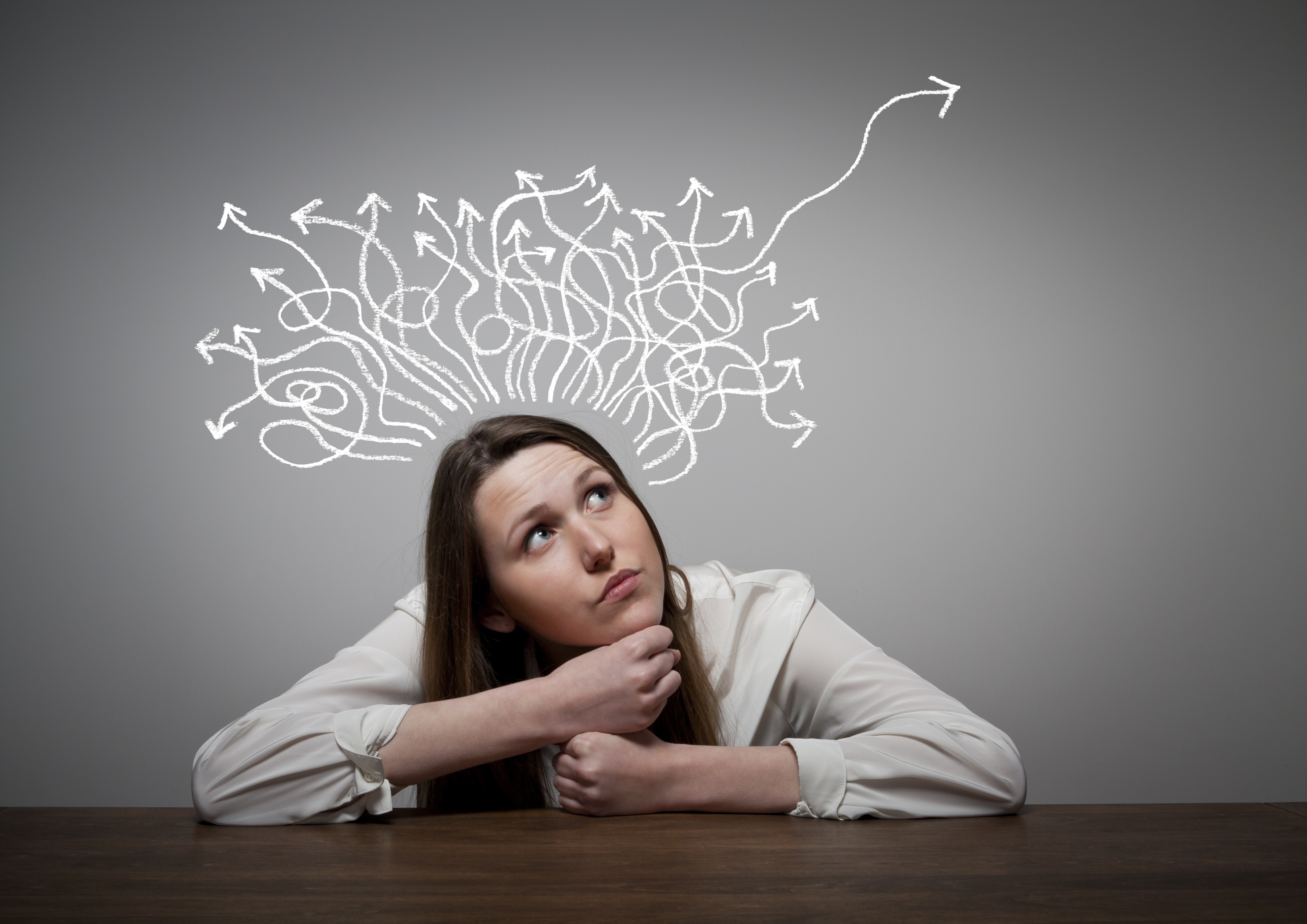Reading Between the Lines — and the World
The Hero
When analysing the second third of the book through an archetypal lens, I'm able to view things in a completely different light. When we think of archetypal theory, we usually picture a hero, the protagonist on a personal journey to reach a specific goal, and this is what I see throughout the author of the book, Ta-Nehisi Coates. In Between the World and Me, we see Coates trying to understand America, his identity and how to navigate it and help his son through the violent world ahead of him. He battles with the fear and reality of living in America, in contrast to the idea of the “American dream.” At one point, Coates reflects on how his need to prove himself wasn’t really about ambition but fear. He says, “this need was not an escape but fear again—fear that ‘they,’ the alleged authors and heirs of the universe, were right. And this fear ran so deep that we accepted their standards of civilization and humanity” (Coates, 40). That quote really hit me because it shows how deeply Black people can internalize the idea that whiteness is the standard. As a Black person, I understand how easy it is to start measuring yourself by systems that were never made for you in the first place.
The Mentor
The Mecca acts as his mentor throughout his journey. Howard isn't just a school but it has been a space that shaped Coates. The professors, the environment and friends act as mentors by challenging his growth, expanding him intellectually and spiritually. The Mecca teaches him how complex and powerful Black identity can be. He describes it as a place full of energy and influence, saying, “There were other beautiful women who wore head wraps and large ankh earrings. There were the nerds… There were the Muslims… The campus brought together all the diversities of black people” (Coates, 39). The Mecca shows him that there isn’t just one way to be Black, but that it’s layered, deep, and meaningful.
The Trickster
In terms of the trickster, the American dream itself first plays the role. Although it's not a physical person, the ideal behind the American dream was created and built for white Americans, but does not include Black people. The dream seems beautiful and safe, but it's very deceptive and tricks people into believing in a fairness and equality that isn't there. Coates talks about how “perhaps being named ‘black’ was just someone’s name for being at the bottom, a human turned to object, object turned to pariah” (Coates, 40). That shows how this dream was never meant for people like him, or like me. It was built to leave us out, while making us think we still had a chance. Overall, reading this part of the book through archetypes helped me understand Coates' journey better and also helped me reflect on my own. His version of the hero isn’t some perfect, fearless leader. He’s a Black man trying to make sense of things and protect his son from a system that’s always been against them. That kind of heroism feels familiar and personal. This isn’t a fairytale. It’s real life, and that’s what makes it powerful.
Hope you guys enjoyed this view of the book. lemme know your thoughts! If you are interested in the book here's the link, along with others pertaining to this topic. Until next week.
What is the Hero Archetype? Definition and Examples
Between the World and Me by Ta-Nehisi Coates | Goodreads
Cited work Coates, Ta-Nehisi. Between the World and Me. Spiegel & Grau, 2015.

Comments
Post a Comment